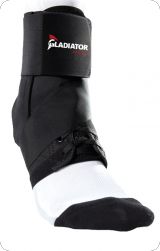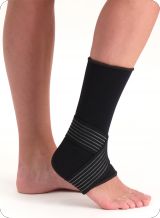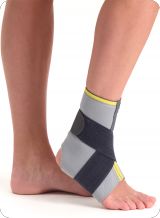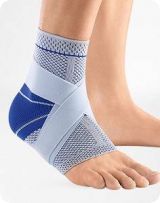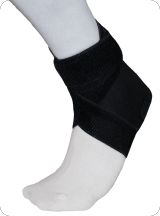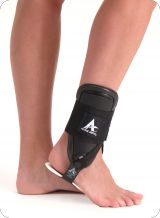Hypermobility Ankle
Suffering from hypermobility? If so, then our Medical Team has selected the best braces from our assortment to help you with this condition. Prefer additional information? Feel free to read on, we're more than happy to explain it to you.
Read more »
Which brace is best for you?
For your convenience we use 3 protection levels, that way you will always pick the right brace.
Level 1: Is colored green, and stands for Basic protection.
Level 2: Is colored orange, and stands for Advanced protection.
Level 3: Is colored red, and stands for Highest protection.
General information
If you're suffering from hypermobility you constantly have the feeling that all your joints are loose. Changes in connective tissue make the capsule and ligaments more elastic. The ligaments will not tighten when pressured but instead stretch, causing the joints to overstretch and/or sprain. Another word for hypermobility is hyperlaxity.
Complaints
With hypermobility, your joints are loose. The legs, shoulders and upper arm can dislocate. You can also experience complaints in your knees when riding a bike or walking up the stairs. Common problems are fatigue, pain in your wrists and lower back complaints.
Causes
People with hypermobility are usually very flexible. Their joints like their toes, elbows, fingers and knees can bend more. Hypermobility makes the joints elastic because the ligaments and capsules are are less firm than usual. When pressuring them, they stretch more easily instead of tightening. This isn't a serious disorder and you can grow old with it without too many serious problems. Only when put under continuous pressure, your ankles could swell up more than usual.
Treatment
If you are experiencing pain complaints, it is very important to take to these signals in time. For example, orthotics (insoles), adjusted shoes and/or braces could help stabilize your ankle. Braces from our assortment that help with the rehabilitation of this disorder are the Active Ankle T2 Sports Ankle Support and the Bauerfeind MalleoTrain S Ankle Support. Physiotherapy can also help with rehabilitation.


